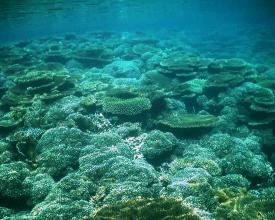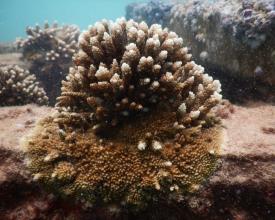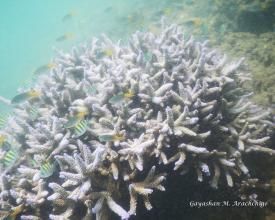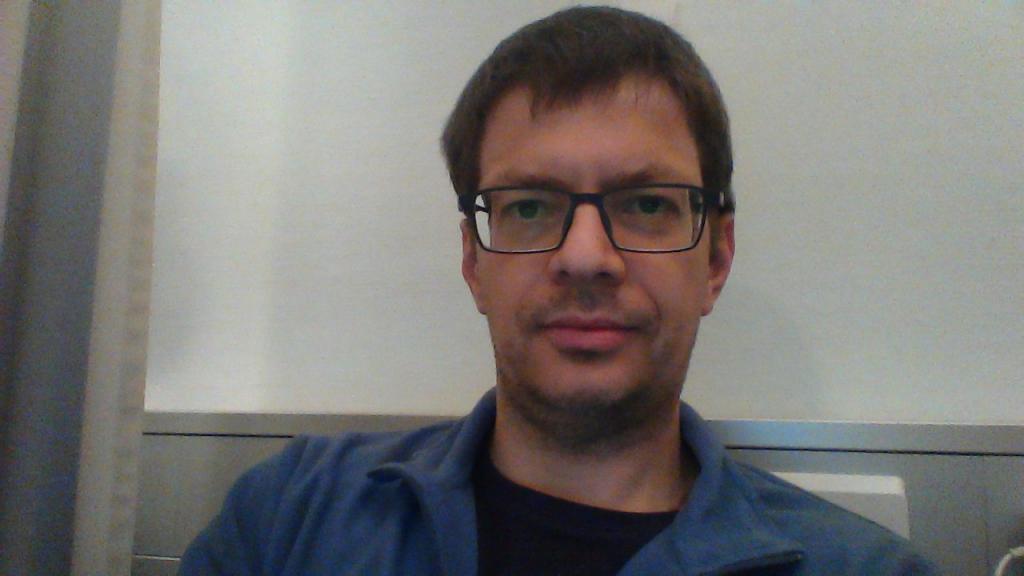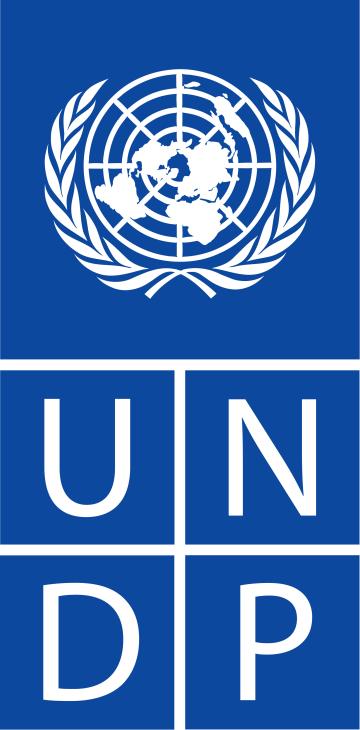
Conserving marine life at the Bar Reef Marine Sanctuary
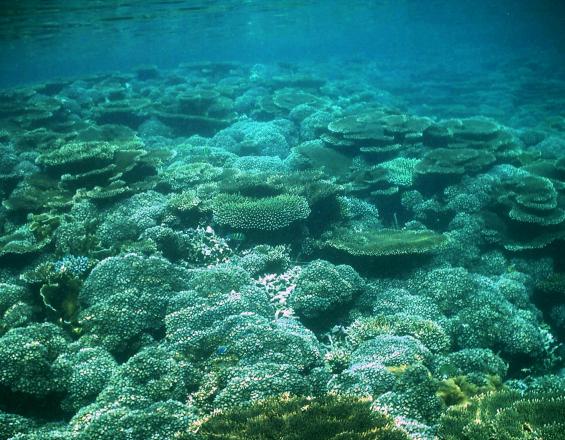
Bar Reef Marine Sanctuary (BRMS) is an offshore continental shelf-patch reef in Sri Lanka that has been bleached. The area flourished with tourism-related businesses and the dependency of local livelihoods on the coastal ecosystem grew. The 2016 La -Nina/El-Nino reduced the live coral cover to less than 1% and the coral was turning to rubble. To allow the reef to recover its biodiversity, natural functions & to ensure the sustainability of their livelihoods, the community demarcated core areas & “A-Zone Left Aside for Restoration” were declared in 2018.
The main objective of this practice is to sustainably manage and protect BRMS by avoiding significant adverse impacts due to anthropogenic activities via strengthening resilience in sustaining green livelihoods, strengthening capacity in the community in natural resources management, and taking restorative action towards healthy and productive oceans. With the engagement of stakeholders, restoration of BRMS is in progress.
Contexte
Challenges addressed
- The effects of COVID19 on the income of the community affected the community resilience and morale which resulted in illegal & unsustainable fishing practices in the vicinity despite the vigilance of all parties.
-
Due to institutional and operational gaps in the beginning, there were extractive uses and excessive artisanal resource extraction despite legal status of BRMS.These gaps have surfaced due to lack of resources and coordination of the DWC, absence of established legal boundaries and multiple access points.
-
Community were involved in illegal destructive fishing techniques due to instability of income, absence of grievance redress and weak legal enforcement.
- Limited financial and human resources in relation to expertise in designing buoys, redeploying buoys, monitoring coral recruits, recording progress etc.
- Challenges in designing the buoys. Knowledge regarding sea depth and design structure for buoys were unclear in the begininning, which led to replacement of buoys.
Emplacement
Traiter
Summary of the process
The Project facilitated a close dialogue via a common platform among stakeholders to encourage their active engagement in a participatory planning process. Partnerships between UNDP and the relevant ministries, local NGOs, sector experts, community, & universities facilitated national, regional and local level dialogues in the design and implementation of the project. Selected community members were trained on monitoring coral health, buoy deployment, coral recruiting and reporting protocols among Dept. of Wildlife Conservation, Coast Guard & Sri Lanka Navy at an event of imminent threat to restoration site were established. As the active members of District Facilitation Committee, Navy provided their boats and crew to transfer buoys and engaged in monitoring protocols by giving coverage by their speed patrolling boats.
While restoration activities were under placed, Ministry of Environment is implementing national level advocacy on this initiative to raise awareness among stakeholders.
Building Blocks
Stakeholder Engagement
Key stakeholders such as Department of Wildlife Conservation, Divisional Secretariat & District Secretariats, Ministry of Environment, UNDP, Ocean Resources Conservation Association, University of Wayamba, IUCN, Sri Lanka Navy, Coastal Conservation Department, National Aquatic Resources Research and Development Agency were involved in this project. Together the technical knowledge and experience of experts in the field, demarcation of the Bar Reef, designing of buoys, buoy deployment and allied activities were implemented.
While above named institutions provided the neccessary technical expertise, training and awareness and input for monitoring and evaluation, key local community members, such as members of the 'Tour Boat Society' (a society which was established for tour guides in the area), were also given the opportunity to participate in the demarcation activities to identify the GPS locations of the areas to be protected at Bar reef with the participation of specialists and other stakeholders. An identified team of locals, such as tour boat operators/guides were also involved as local volunteers to assist in monitoring and maintenance of the buoys and the protected zone.
Enabling factors
- Since the community involved were heavily dependent on promoting tourism in Bar Reef, and in order to encourage flow of tourists to the Bar Reef, they were motivated to participate in conservation activities.
- District/Divisional Secretariats and DWC were capacitated on the true gound level situation and importance of Bar Reef conservation and its biological value for the both the community and environment.
- Participatory approach to project design & implementation and mobilization of national, regional & local level champions.
Lesson learned
During the course of implementation of conservation activities, it was identified that inclusive community engagement, mobilization and transparancy is much needed. Since this was a transitional community who, depending on the season, engaged in both tourism and fishing activities simultaneously. it was difficult to find a fully focused and committed community to actively participate for conservation activities throughout the year. Further, it was noticed that with changing economic conditions, Easter Sunday attack, COVID-19 sitution and fall of tourism, community was rather less driven to participate in Bar Reef conservation.
In conclusion, with capacity building and awareness raising, active, voluntary engagement in buoy redeployment after off-season, periodic progress monitoring and recording of the changes of the reef and increased community awareness on natural heatwaves, anthropogenic activities that adversely affect the ecosystem, led to motivation and dedication of community to conserve the Bar Reef and ensure sustainability.
Sustainability and replicability
Maintaining and strengthening the established stakeholder’s engagement mechanism with overarching provincial, district and divisional governance bodies with sustainable financing solutions and capacity building is required for sustainability and replicability of the solution. 'The National Policy of the Environmentally Sensitive Areas management' provides the required policy framework for replication of this solution. When the communities identify the potential of resilience building of their livelihood through conservation, it becomes an incentive for their active collaboration on co-management and join monitoring of natural resources. Within given Sri Lankan context, there are many environmentally sensitive seascapes, where it could replicate this model, and this is being factored within National Environment Action Plan 2021-2030 for Sri Lanka. Therefore, there is an evident potential for sustainability and replication of this model.
Enabling factors
- Partnerships with stakeholders at every level
- Continuous awareness raising about the importance of BRMS and community lives associate with it.
Lesson learned
- During the initial phase of restoring the BRMS, a case study was carried out using methods of unstructured focus groups discussions via cause-problem-impact diagrams and structured key informant interviews, and observations of this initiative revealed that community believes on 'CBNRM and Co-management' over 'regulation driven management' of Department of Wildlife Conservation. This solution was accepted and is currently proposed for replication at ESA national scaleup plan in seascapes.
- Co-management of implementation activities to ensure sustainability and active lobbying to influence and implement conservation measures was also considered as a lesson learned.
Impacts
Observable restoration of the BRMS ecosystem: significant level of natural coral recruitment from migratory planktonic larvae occurring on many areas of the reef; the recruitment can be observed in many species with a prevalence of Acroporid recruits seen far more frequently. The new recruits seen are mostly very young with not more than 10-15 polyps. Concrete structures provide artificial substrate midst of rubble giving way for new coral recruits. Slowly emerging new coral recruits and fish aggregation on the reef is evidence of the slowly restoring ecosystem. Participatory establishment of a buoy demarcated set aside zone for the restoration of BRMS during the next five years is foreseen.
Increase community awareness: communities are aware of natural heatwaves, actively work against anthropogenic activities that adversely affect the ecosystem.
Sustainable ecosystem services-based and diversified livelihoods: 400 families are involved in reef-related tourism work, the women of the families have diversified their income through handcrafts, homestays, food processing etc. to reduce the dependence on the reef and increased participation of women within the tourism industry as snorkelers & etc.
Beneficiaries
400 Community members in Kudawa, Kandakuliya in Kalpitiya (Fishermen, school children & tourist service providers)
